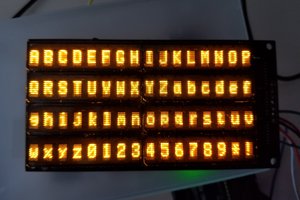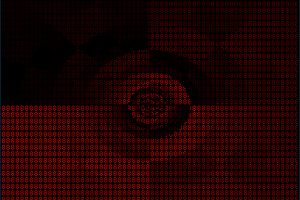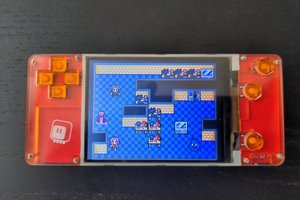The display is driven from two large PCBs. Each board contains a high-voltage power supply and two 32 bit shift registers. The shift registers, Microchip HV5122, have a logic level of 12v so a ULN2003 transistor array is used to level shift the signals from the microcontroller.
This design was chosen after initially using 16 channel PWM drivers mounted on small boards. These drove MOSFETs to switch the bulbs. However, it was found to be both very messy to wire all the tubes but also clunky to have a separate power supply. With this learnt new boards were designed, this time so that they could be used as displays themselves, mounting bulbs directly to the PCB.
Since the Nixie tubes had already been mounting and framed, flying leads were used in the display. However, spare boards have been used to make matrix displays with neon bulbs instead of Nixie tubes.
To drive the display all that needs to be done is supply 12v and shift data to the 4 registers. Using a STM32F030 Nucleo board all the display data can be shifted out in a little over 100us. The display has a refresh rate of 1kHz. This allows for PWM control to be implemented controlling each bulbs brightness independently.
 robin sterling
robin sterling
 sjm4306
sjm4306
 seasleyece
seasleyece
 deʃhipu
deʃhipu
 w_k_fay
w_k_fay